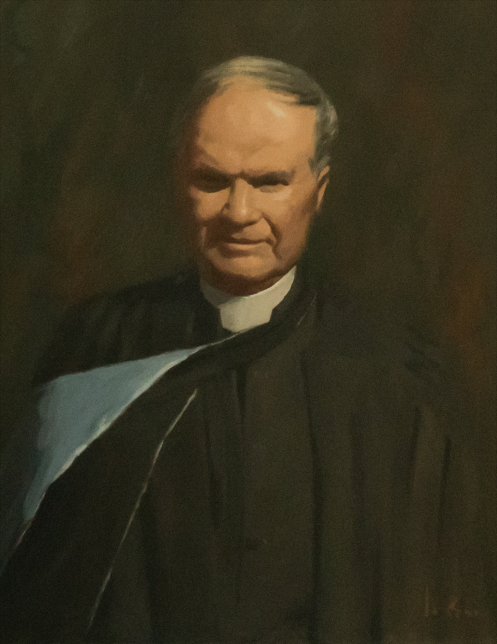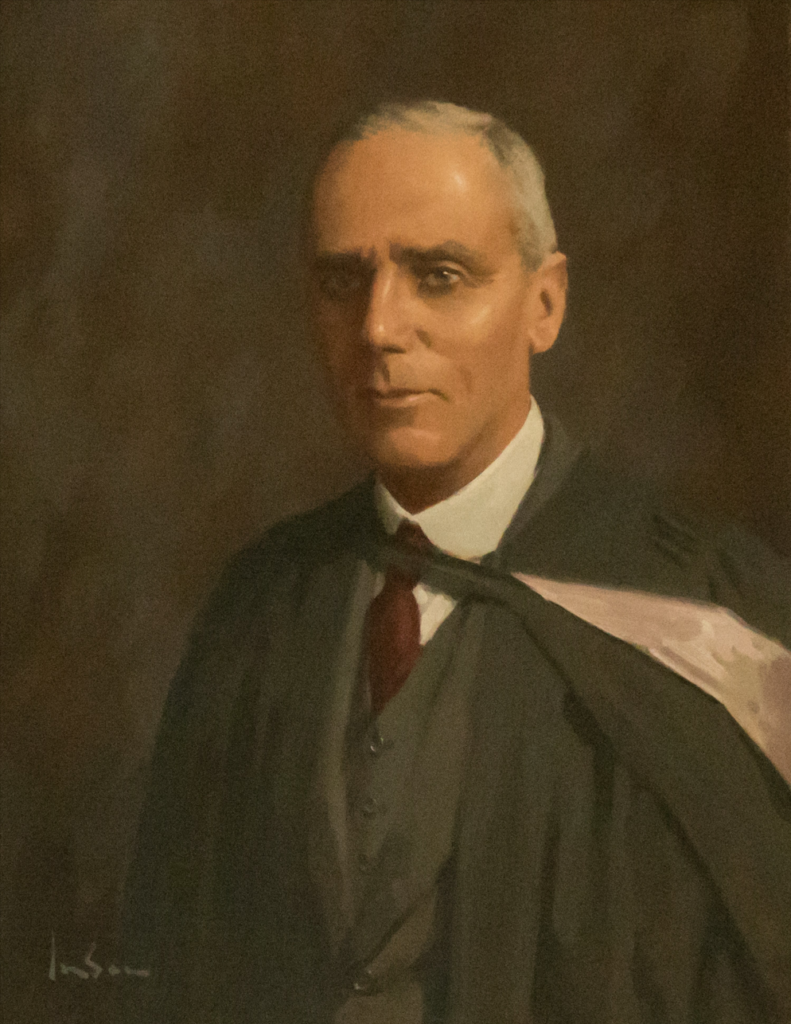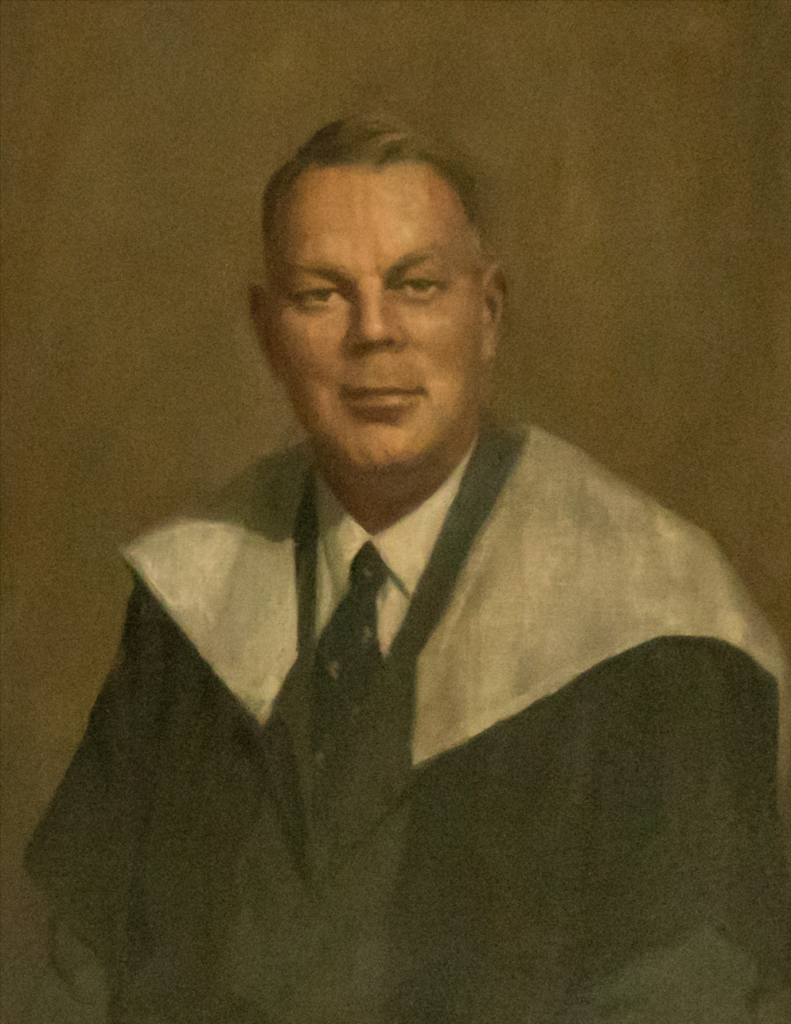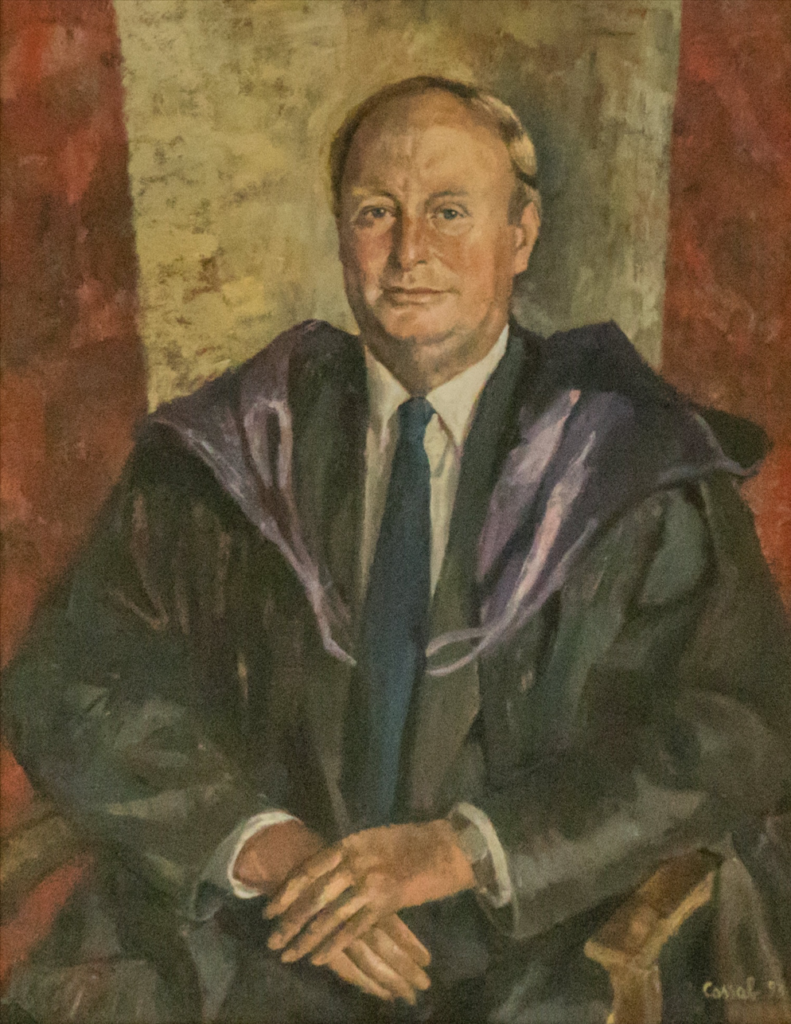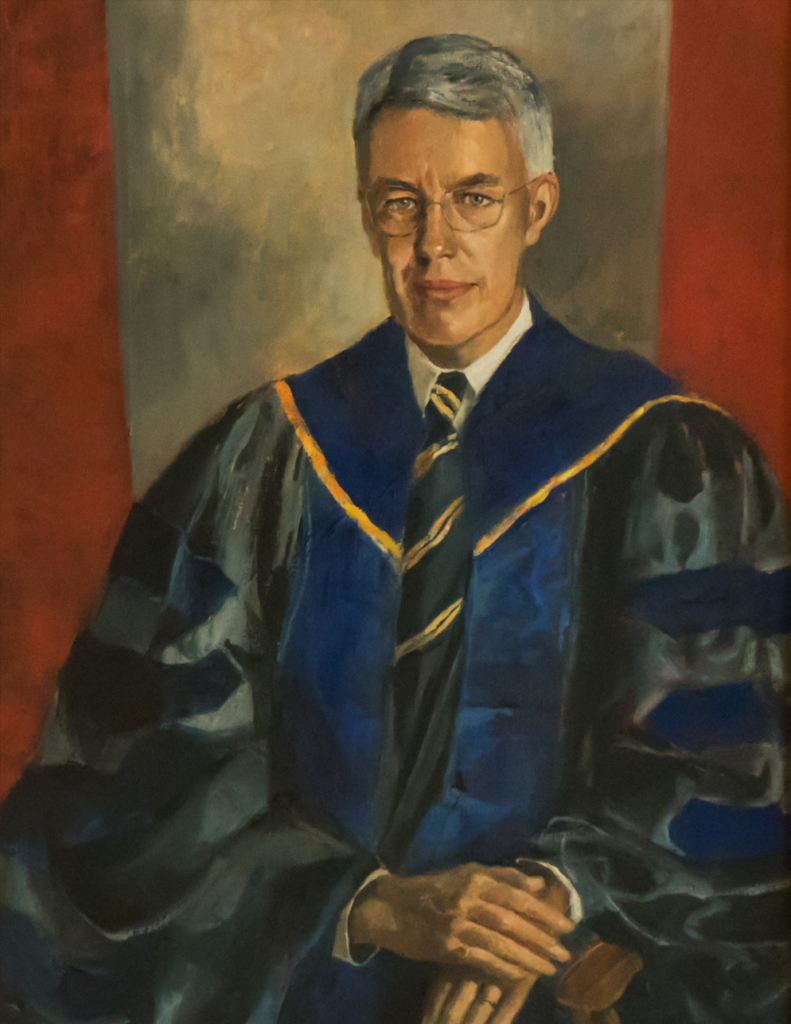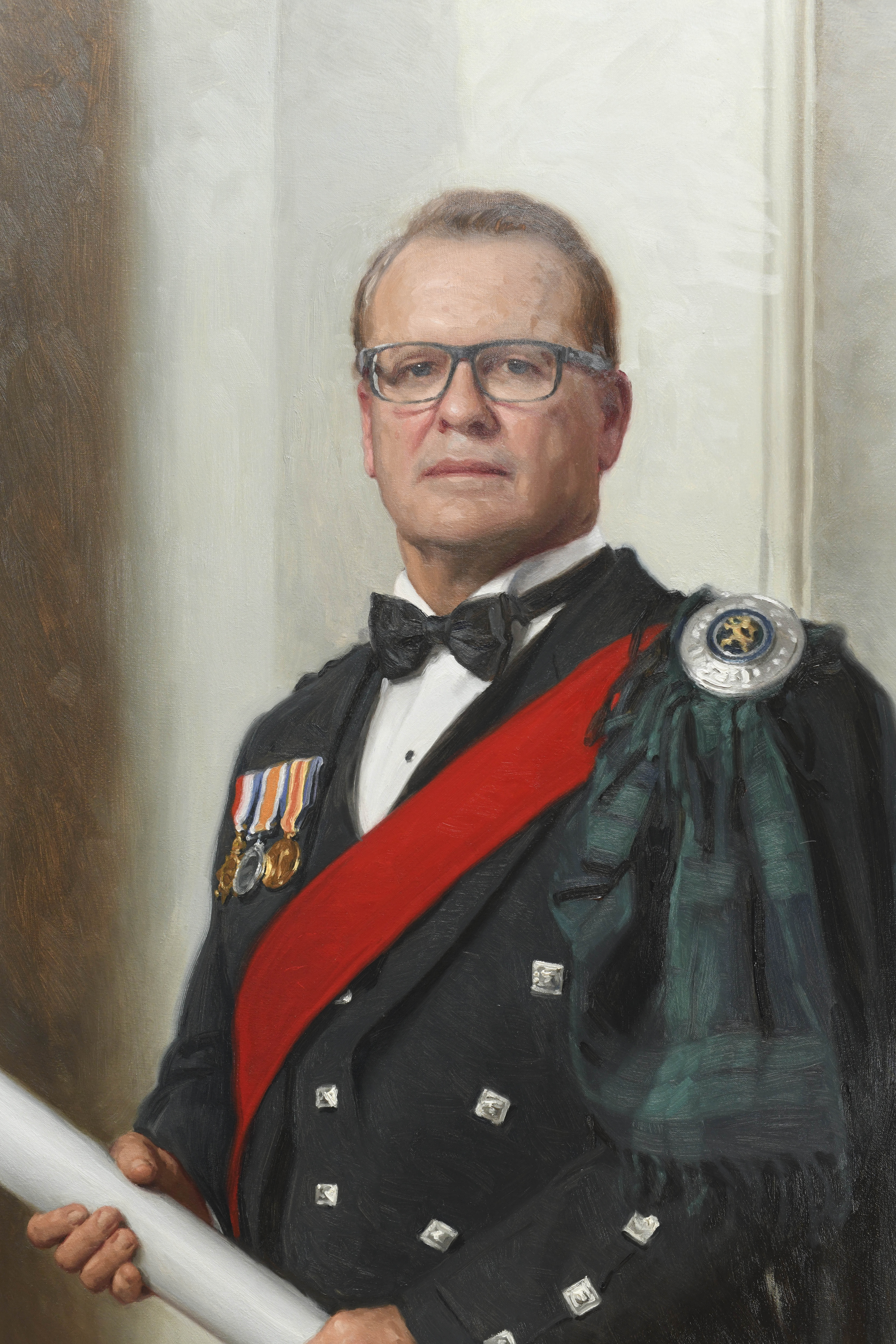Mr Alexander Knox Anderson
Qualifications: MA, BA, FR, Hist, S Years: 1935-1955
Born in Charlton, New Zealand 1892, Mr Alexander’s father died when he was a young boy of 9, so he was brought up by his mother and two sisters.
At aged 17, Anderson began teaching at Waitaki Boys’ School in New Zealand. He graduated from Otago University with a Bachelor of Arts and a Master of Arts two years later. He also lectured History at Otago University and became a Headmaster of St Andrews College at 28 years old.
He liked to know the boys, learned their names and took an interest in what they did. In 1942 he felt responsible for the fees of a boy who had followed him from St Andrews College, whose brother had been killed and whose father was being held as a prisoner of war. Council agreed to hold the fees in abeyance.
Mr Anderson was an academic who Chaired the AAGPS Headmasters Association of NSW and was President of the Teachers Guild of NSW. He had high ideals and ambitions and built the College on pillars of religion, education, good citizenship and sportsmanship – ideals clearly patterned in the fabric of his leadership.

Initiatives
- From the start, Anderson was keen to build an assembly hall and shared his plans with the College council in February 1935. He also had the ambition to build a Chapel for the school so with the growth of the College came new buildings. The new assembly hall and new block of classrooms opened in 1939 the by Lord Gowrie, the Governor-General.
- The boathouse at Gladesville was built in 1936 and the first boat was called Anderson.
- In boarding, Mr Anderson added common rooms to Macintyre and Kirkland and set up a library in the Ballroom of Aspinall house to improve life in the boarding houses (some of his books are there today.) In 1938, Royle House opened with 34 boarders.
- Four day boy houses were established; Armstrong House was named in honour of foundation councillor, Dr George Armstrong, James Bee House in honour of the past Principal, Brandt House, named after former Chairman of the College Council David F Brandt, and Anderson House named after the Principal himself.
- In 1947 ‘Ginahgulla’ was bought from the Fairfax family and renamed ‘Fairfax’ in their honour.
- Mr Anderson then turned his attention to the new Dining Hall and quadrangle, where alterations began in 1954. The foundation stone for the War Memorial Chapel was laid by the Prime Minister Robert Menzies in 1953. A year later, Anderson laid the first brick but, sadly, did not live to see the Chapel completed.
Student Success
- 1948 is considered the College’s most successful year ever for Sporting and Academic success.
- In Sport, Scots claimed AAGPS Premierships in Athletics, Cricket (1sts to 4ths), Rugby (1sts), Swimming, Tennis and Rifle Shooting (2nds).
- In 2008, a plaque was presented to the 1948 Alumni in recognition of their remarkable results across the board.
Fun Facts
- Mr Anderson smoked a pipe, took and kept lots of notes and always carried a book. Frequently a bible, often poems by Tennyson or a biography of Abraham Lincoln. He played hockey in his youth and loved sea journeys often to learn about other schools. Boys described him as having a “quiet and gentle dignity.”
